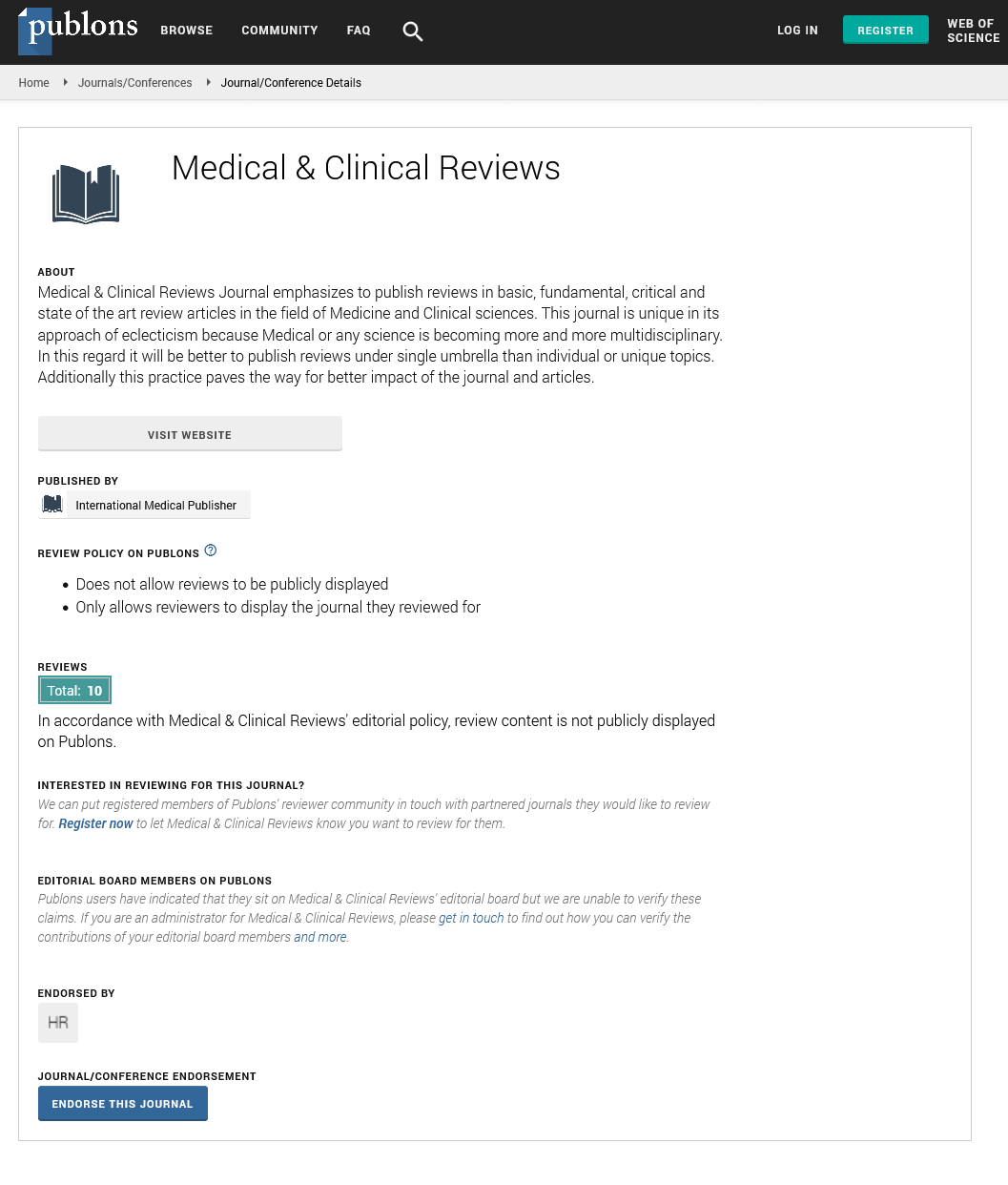Abstract
A Retrospective Study of 32 Catatonic Patients: Analysis of Clinical, Therapeutic and Evolutional Aspects
Objective: To analyze the prevalence, the clinical, therapeutic and evolutional aspects of patients treated for catatonia with the intention to improve daily clinical care. Method: A retrospective study. Results: Between 2004 and 2013, 32 patients were clinically diagnosed as having catatonia, with a prevalence of 0.97% among hospitalized patients. The patients were predominantly under 40 years old (65%), women (62%), single (50%), jobless (56%), and of primary education level (65%). Most of the patients give a somatic (31%) and psychiatric history (59%). Psychiatric disorders were frequently associated such as schizophrenia (n=8), and mood disorders (n=4), anxiety disorder (n=2), catatonia (n=1) and other psychiatric disorders. Progressive onset (pseudo-neurotic, behavior disorder, activity declining or behavior’s modification) was observed in 17 patients. Most clinical events were motor immobility, stupor and mutism. Of the 32 patients, two-thirds had partial response to treatment while complete remission was observed in 16% of cases. Early somatic complications were frequent (37.5%) and two patients died. Conclusions: A retrospective evaluation of 32 catatonic patients revealed a great variety of clinical events, and psychiatric disorders associated with catatonia, from which schizophrenia and mood disorders are the most frequent. Catatonia is a serious affection considered as an emergency, which remains under diagnosed. So, developing a clinical protocol to improve daily care may be very interesting and complex.
Author(s):
Chaabouni A, Ellouze F, Ben Soussia R, Fathallah S, Zarrouk L and Nasr M
Abstract | Full-Text | PDF
Share this

Google scholar citation report
Citations : 906
Medical & Clinical Reviews received 906 citations as per google scholar report
Medical & Clinical Reviews peer review process verified at publons
Abstracted/Indexed in
- Google Scholar
- China National Knowledge Infrastructure (CNKI)
- Directory of Research Journal Indexing (DRJI)
- WorldCat
- Publons
- Secret Search Engine Labs
Open Access Journals
- Aquaculture & Veterinary Science
- Chemistry & Chemical Sciences
- Clinical Sciences
- Engineering
- General Science
- Genetics & Molecular Biology
- Health Care & Nursing
- Immunology & Microbiology
- Materials Science
- Mathematics & Physics
- Medical Sciences
- Neurology & Psychiatry
- Oncology & Cancer Science
- Pharmaceutical Sciences


